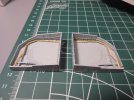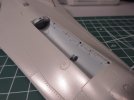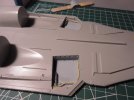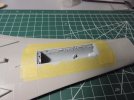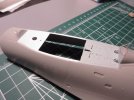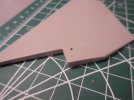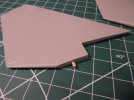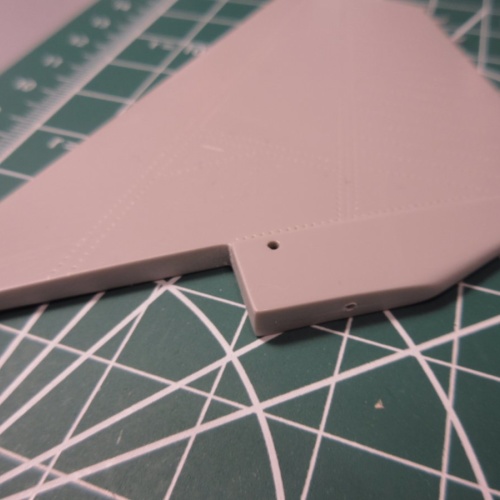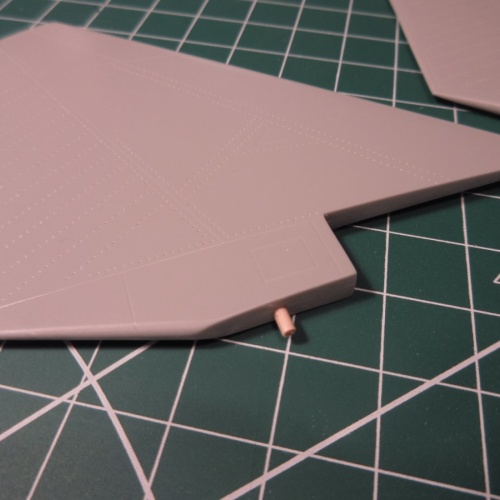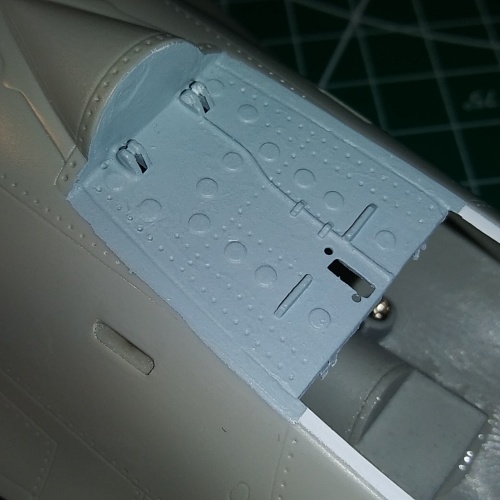People do, I’m fairly sure

My guess is that it showed the brush strokes because it’s so thin. Hand-painting anything bigger than few square millimetres often needs two coats, if not more, because the paint generally won’t cover in one attempt.
It does depend on the paint you use, though. Vallejo
Model Air is not great for brush-painting exactly because it’s been pre-thinned for airbrushing, meaning it’s so thin it certainly won’t cover well. On the other hand, Vallejo Model
Colour — that is, not the
airbrush paint — covers much better when applied with a brush. The same applies to almost any other brand of paint that sells both
airbrush-ready and non-
airbrush paint. With other manufacturers, who don’t make this distinction, it varies a lot.
In general, though: if you see the paint hasn’t covered as much as you want, just wait for it to dry and add a second coat, which doesn’t need as much paint as the first anyway.
Almost certainly. Though you will need to sand down the primer and re-paint at least part of the area, of course.
 That, really is always the answer to, “How far do I thin paint for spraying?” Older paint is often thicker than new paint, so it will need more thinning to get to the same consistency, but it also depends on air pressure, airbrush type, desired effect and more. But in general, I just throw in thinner into any paint that needs it, until it looks like it would spray well, then give it a try. If it doesn’t work, I add either some more thinner or more paint until it does.
That, really is always the answer to, “How far do I thin paint for spraying?” Older paint is often thicker than new paint, so it will need more thinning to get to the same consistency, but it also depends on air pressure, airbrush type, desired effect and more. But in general, I just throw in thinner into any paint that needs it, until it looks like it would spray well, then give it a try. If it doesn’t work, I add either some more thinner or more paint until it does.



